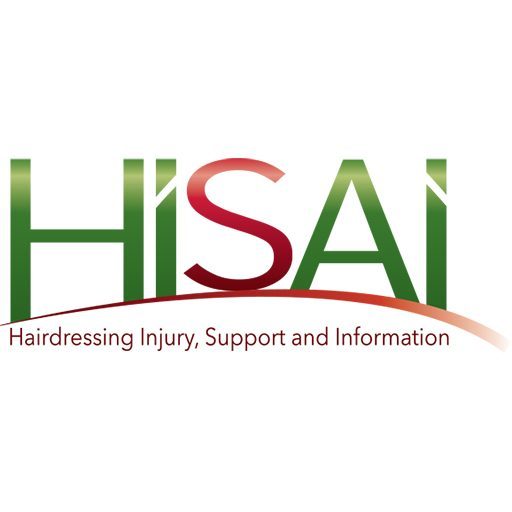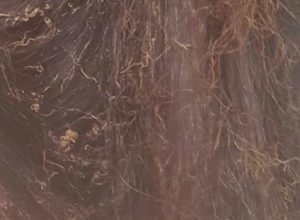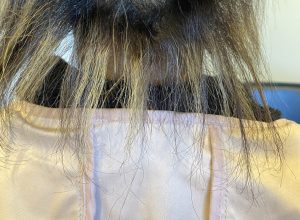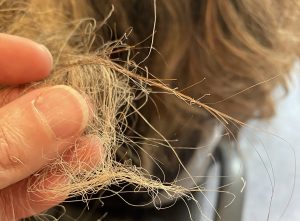Hair Damage
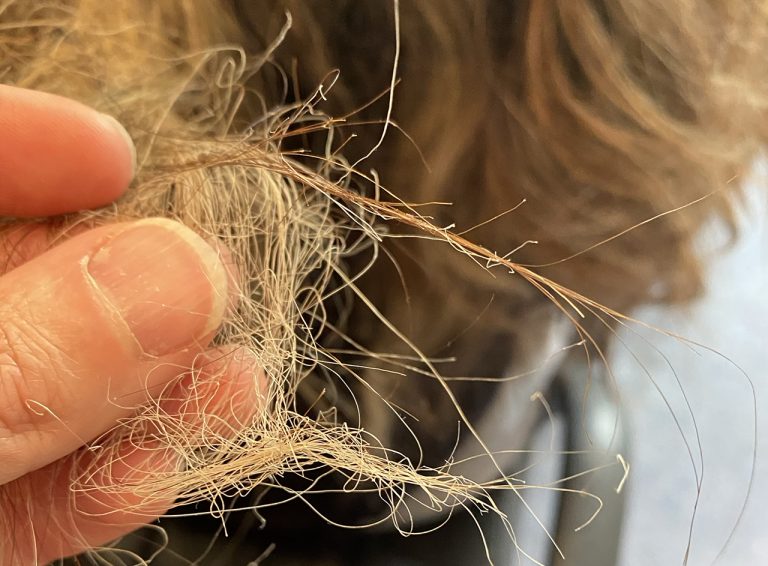
Although not a living tissue and so cannot feel pain physically, Injury to hair is emotionally and psychologically upsetting, it can lead to loss of confidence and self-esteem. Our hair is closely tied to our identity and so when our hair is damaged, we don’t feel ourselves.
Going to the hairdressers is generally a positive experience, it makes a person feel good until it goes wrong.
A bad haircut can happen but usually does not affect the quality of the hair, but the chemicals used in hairdressing are powerful and can easily cause harm not only to the scalp but to the hair if not used safely.
Bleaches, perm lotions and straightening solutions all call cause significant damage to the fibres of the hair, these (contrary to popular belief cannot be repaired).
Think of an old t-shirt with holes in to from over use, over ironing or bleaching and colouring, then someone tries to sell you a product that you stick in your washer and it will repair all that damage making your clothes just like new….you would not believe them, but this is exactly what many hair products want you to believe and do a good job in doing it!
What is Damaged Hair?
This is widely a subjective issue, as each person will have their own view on what damage feels/looks like, there is an expectation that if you use a perm or a bleach that the quality of the hair will deteriorate to an acceptable level, you have sacrificed some of the quality for a certain look, this is ok as long as the damage is not excessive. There is no such thing as a damage free chemical process.
To a degree everything you do to your hair can damage it, brushing, colouring, tying it up, all of which has an impact on the fibres which have no way of repairing themselves. It is when the damage turns from the unnoticed and acceptable to the unacceptable then to the catastrophic when problems occur.
The effect of hairdressing chemicals on hair is not binary (yes, it has damaged it, no it has not); the questions is if the damage is:
Acceptable – The person accepts the level of damage for the service rendered; the hair may even ‘feel’ better in the short term for being professionally treated, dried etc.
Unacceptable – The hair has been over-processed and begins to feel inferior, gradually breaks or is an incorrect colour. The hair may become significantly damaged through the general day to day processes to the hair (washing, brushing etc.) that would usually have no impact on hair.
Catastrophic – The hair breaks immediately after applying the bleach, leaving no doubt as to the damage caused.
*It is a feeling; you cannot make the hair strands physically permanently healthier using cosmetic products.
The hair will become more damaged the more times it is processed and the greater the time it is processed for and as the hair cannot repair itself, each of these processes causes permanent damage. Applying the same chemical /heat services to already damaged hair would exacerbate the same problem and compound the damaged hair further.
Objectively, the hair is formed from three layers, the cuticle, the cortex, and the medulla, it is the cuticle, which is the protective outer shield, made up of up to 12 layers of imbricated keratin plates layer on top of each other.
Once this is damaged the hair will feel rough and quickly become matted as the cuticles will not lie flat and smooth, Water will be able to be let into the inner cortex, so making the hair harder to dry and making it very weak and stretchy when wet.
If severely damaged the cortex will become exposed and as the cortex is like a very spongey coiled rope of protein strands this quicky unravels /breaks resulting in weakened areas of the hair called Trichohexis Nodosa (you possibly have seen these as little white nodules near the ends of your hair).
These cortex exposures can be quite natural at the ends of long hair but are a sign of something damaging the hair if found nearer the scalp.
Does the hair have to break to be damaged?
Not really, some hair becomes severely impoverished, poor and unmanageable because of hairdressing chemicals, but does not break. Usually this is down to pure luck.
I though my hair was ok, but then it became worse?
The damage caused may be so severe it occurs in the salon, but in many cases styling and products used can mask the initial feeling of hair damage long after you walk out of the salon door. The hair may deteriorate over a period of time and may not present itself fully until several days or weeks after the event.
These pages are here to allow you to understand what the products do to the hair, and what to do if you feel as though your hair becomes damaged from a chemical hairdressing service.
Common Hairdressing Chemical Processes
Bleach

Chemical bleaching with hydrogen peroxide weakens the hair’s protein-membrane complex and oxidises the disulphide bonds of cysteine to its irreversible and un cross-linked form Cysteic acid. This breakage of the disulphide linkage causes the hair to become more hydrophilic and weaker when hair becomes brittle, it is this Cysteic acid that is the result, when too much of the hair’s proteins, has undergone an irreversible chemical change.
Perm
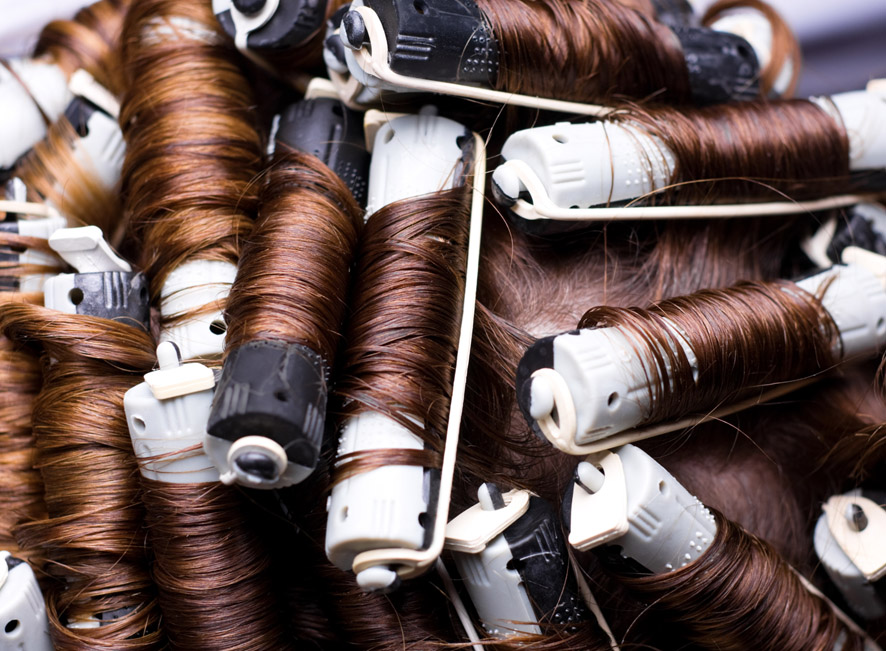
Perm lotions usually use ammonium thioglycolate or ATG (a reducing agent); the basic theory of creating a permanent curl is you bend the hair fibre over a circular shape with tensions, add the chemical that will soften the hair by breaking some of the disulphide bonds allowing the hair to take shape as required and then you ‘harden’ the hair (using an oxidising agent usually hydrogen peroxide) to set the hair. These products may be called a neutraliser.
Chemical Straighteners/Relaxers
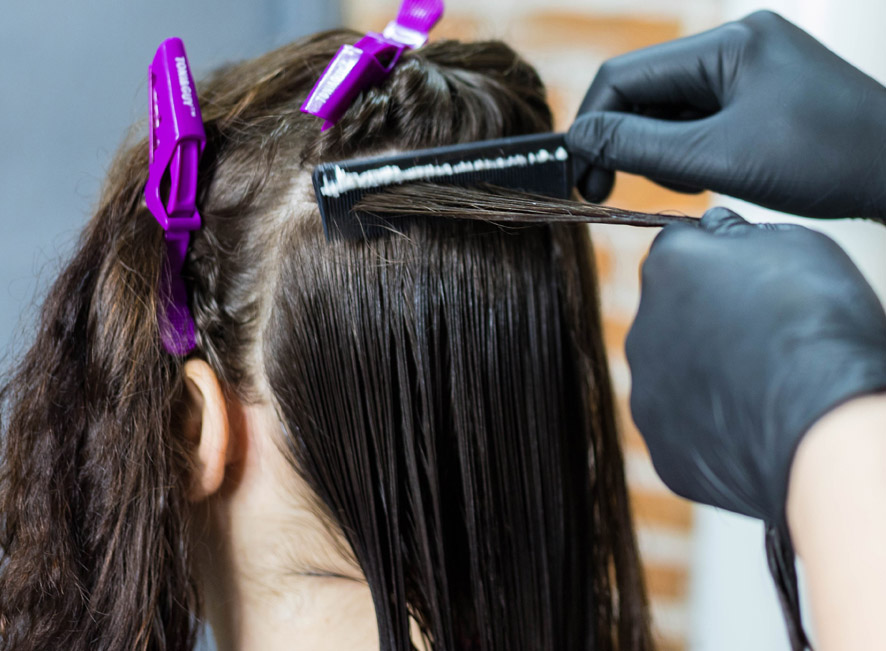
Modern hair relaxers and perms can often be made of the same chemicals, just applied differently.
The basic theory of either creating a permanent curl or straightening hair permanently is the same.
Straightening products usually use ammonium thioglycolate or ATG); however, there are other types; it is essential to know what type was used:
Heat Damage
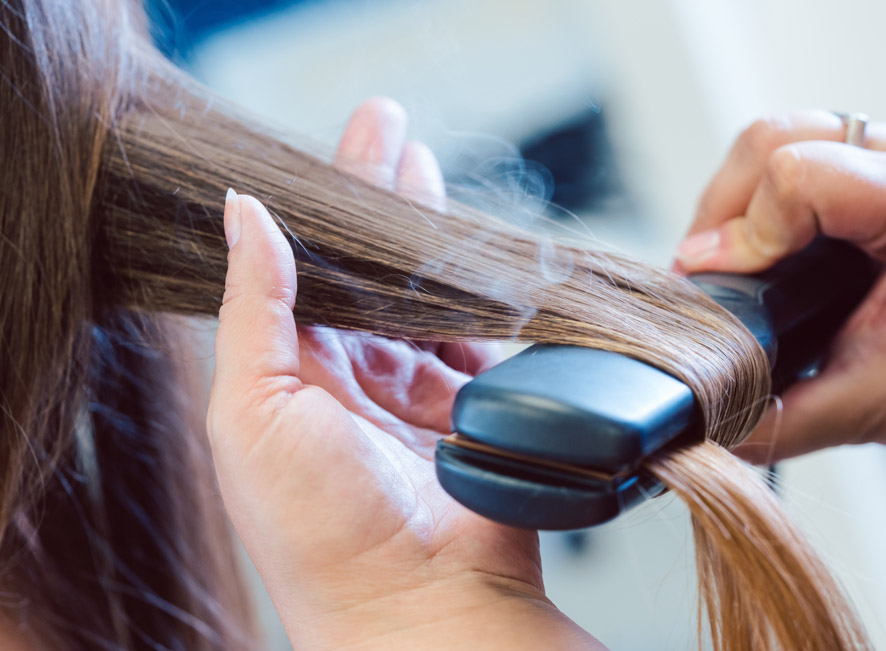
Heated appliances can damage hair and the keratin starts to become affected. Hair cuticles starts to become damaged by heat over 190˚C. And burning, singeing of the hair at 300-400˚C.
However, before total breakage, high/repeated heat applications decompose the protein tryptophan in the hair creating the yellowing of white hair and darkening of bleached hair noted with hair that has been affected by heat in a significant way.

